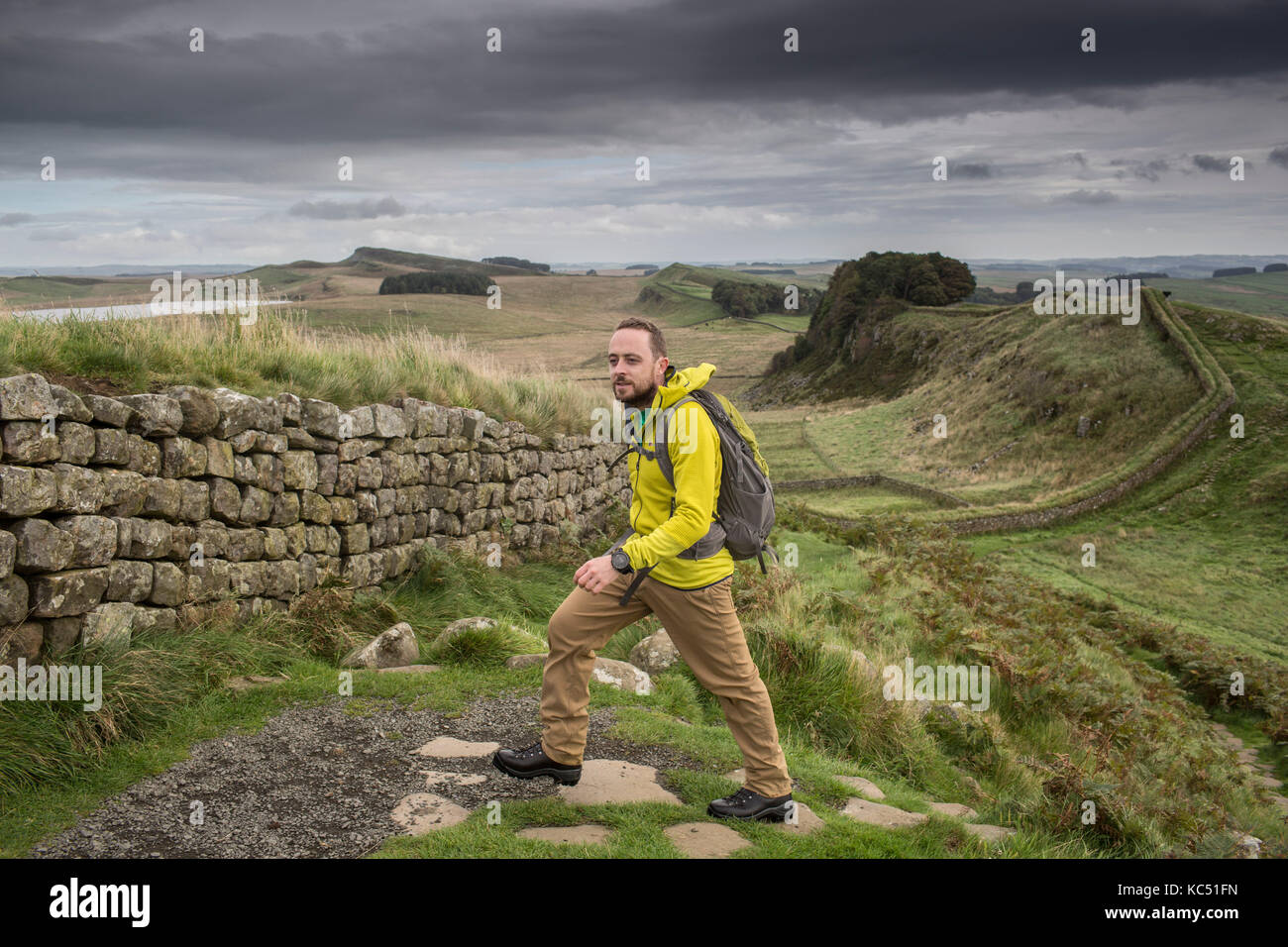

It is possible that the Staffordshire Patera, the Rudge Cup and the Amiens Skillet were all produced by the same manufacturer, perhaps a number of manufacturers competing for the evident market. This reinforces the idea that these items were produced purely in celebration of Hadrian’s great monument, and in light of the fact that his successor Antoninus Pius advanced the frontier 100 miles furthern north it is unlikely that they were being produced after 138AD. The intermediate Stanegate forts along the rear of the Wall are patently ignored on all of these items, the Flavian fort at Luguvalium (Carlisle, Cumbria) being superceded by the Wall fort at Stanwix, and the forts at Magnis (Carvoran, Northumberland) and Vindolanda (Chesterholm, Northumberland) were replaced by the forts at Aesica and Vercovicium respectively. Places Named on the ‘Souvenir’ Vessels Roman Name It has been mooted that the vessel may have been commissioned by a former member of the Wall’s garrison in order to comemmorate his term of service, although his rank and status remain unknown it is almost certain that this fine vessel would not have been the property of a common soldier, more likely a high-ranking official or perhaps a former centurion. The vessel is remarkable not only for its inscription – the only piece of epigraphy to name the fort at Drumburgh – its Romano-British design which incorporates signature curvilinear devices, its fine state of preservation whereby most of the enamelling remains intact, but also for the number of colours incorporated into its design turquoise, blue, yellow, red and purple. This enamelled-bronze vessel has been described by Ralph Jacson of the British Museum as a patera or ‘frying skillet’, now missing its handle and base, these parts having been manufactured separately and soldered onto the pan in antiquity but are now lost. The latest piece of epigraphic evidence which names forts on Hadrian’s Wall was discovered by metal detectorists Kevin Blackburn and Julian Lee on the North Staffordshire Moorlands in February 2004. The place-name is otherwise unknown in Britain.

Rigorevalis may be the home of the owner (Draco) or the site of its manufacture.“ of Aelius Draco from Rigorevalis¹ – Maia, Concavata, Uxelodunum Camboglanna.” The Staffordshire Patera RIGOREV?LI ?ELI DR?CONIS M?IS COGG?B?T? VXELODVNVM C?MMOGL?NN? “Maia, Aballava, Uxelodunum, Camboglanna, Banna Aesica.” The French item is a patera or Roman cooking-pan inscribed with much the same lettering as the Rudge Cup but with an extra addition: MAIS ABALLAVA VXELODVNVM CAMBOGS BANNA ESICA

“From Maia, Aballava, Uxelodunum, Camboglanna Banna.”Ī vessel which provides further valuable epigraphic evidence for place-names on the Wall, was discovered in 1949 at Amiens in France, and bears a close similarity to the Wiltshire drinking-bowl. The date of manufacture for the Rudge Cup is not known for certain, but is generally accepted as being sometime during the first half of the second century. The cup is also decorated beneath the wording with a repeated stylized design or frieze, which depicts the battlements of the Wall and provides the only contemporary drawing of the monument so far recovered. It is very important from an epigraphic point of view, as a moulded inscription around the vessel’s outside rim confirms the names of the first five garrison forts on the Wall. This small enamelled bronze drinking-bowl was found in 1725 at Rudge in Wiltshire. Eric Schonblom of the University of Tennessee at Chattanooga (USA) The Rudge Cup “To fetch the milk I used to trudgeĪbove extract from the poem ‘Remembered Charms’ by Constance Savery (1897-1999) kindly supplied by Prof. RIB 1594 at Housesteads), while others have appeared upon several bronze cooking utensils found as far afield as Wiltshire and France. Our knowledge is furthered, however, by other inscriptions, some found along the line of the Wall itself (i.e.

Aside from the Ravenna Cosmography and the Notitia Dignitatum there are no other literary sources which contain the names of the Wall forts.


 0 kommentar(er)
0 kommentar(er)
